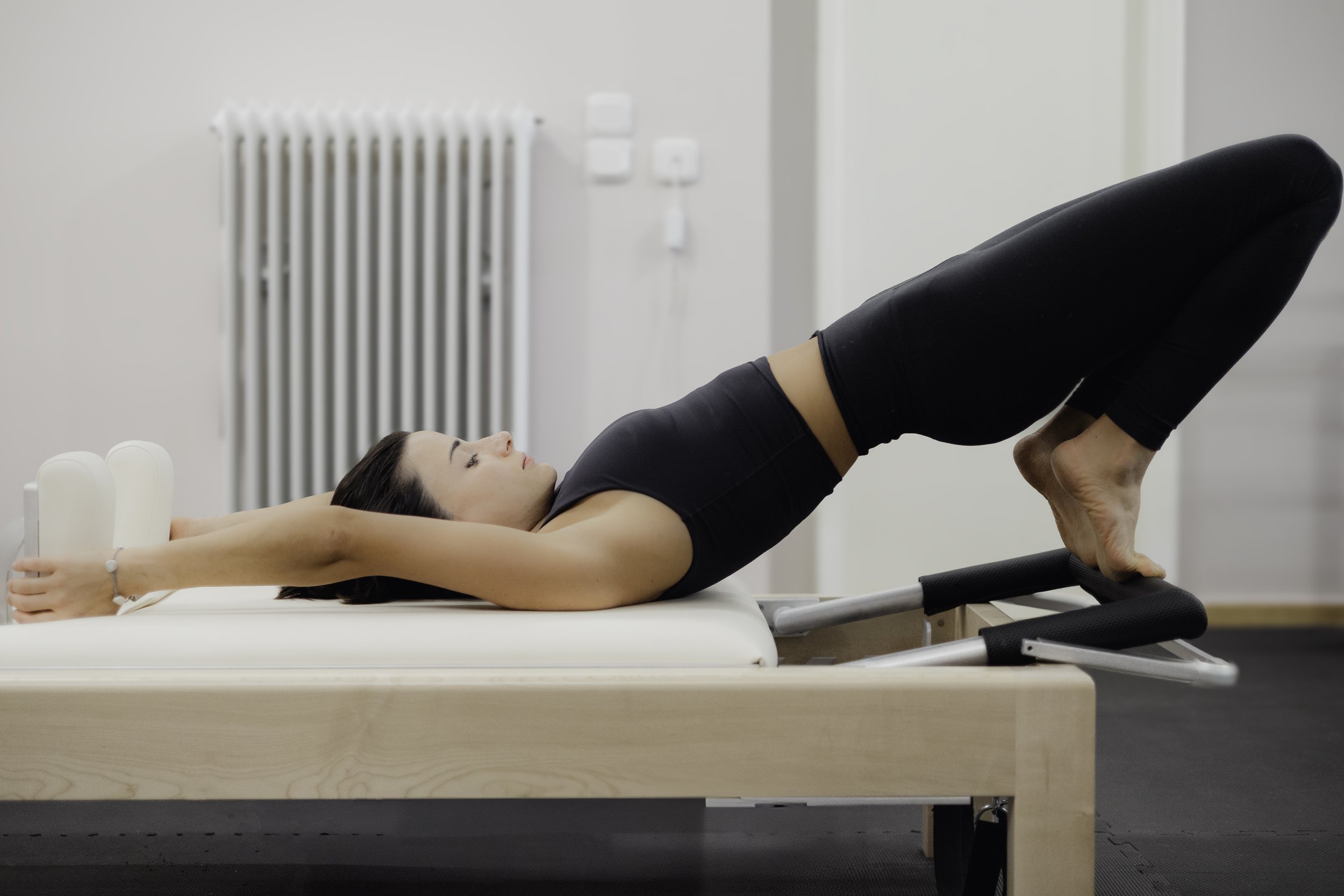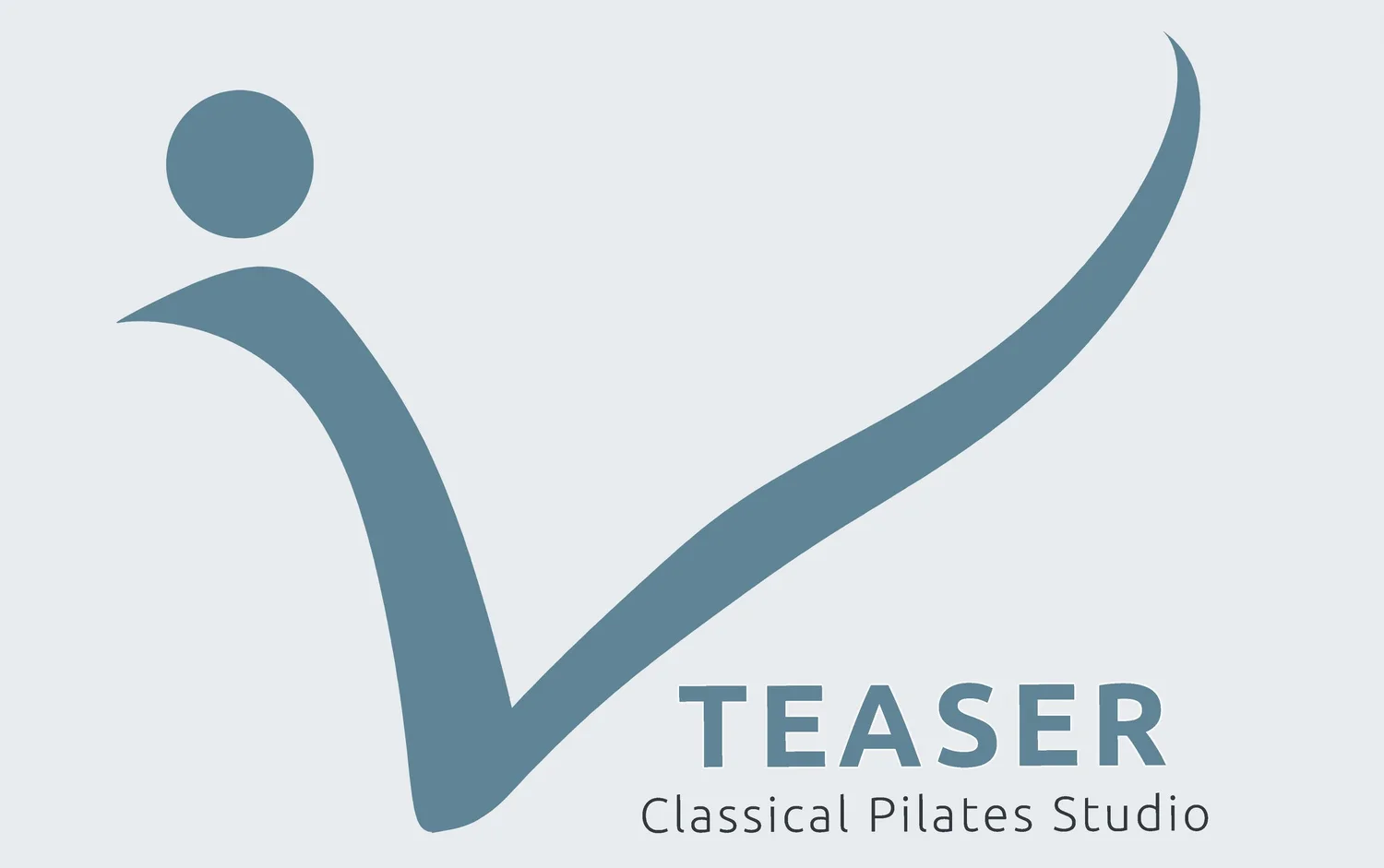Artemis Efthymiopoulou
3rd generation classical Pilates instructor
My journey with Pilates began in 2008, when I first tried Classical Pilates in Paris (Studio Pilates de Paris) while pursuing my studies in Business Administration. Upon returning to Athens, I continued to explore Pilates alongside my professional career, studying Contemporary Pilates with Balanced Body University. However, I decided to focus on a career in Sales and Marketing, working for multinational companies over the following years.
Throughout that time, my passion for Pilates remained strong, and I continued practicing Pilates and other forms of exercise in studios across Greece and abroad. My corporate career, though successful, eventually led me to realize that the corporate world no longer aligned with my true interests and values. That’s when I decided to enhance my Pilates knowledge further.
I had the privilege of studying with Margarita Efthymiou, a second-generation Pilates instructor, who inspired me with her passion and deep understanding of the human body, kinesiology, and Classical Pilates. This experience reignited my dedication to Pilates, and I have since devoted myself fully to the Classical Pilates method.
Today, my mission is to help my clients achieve their best in physical fitness and overall health, sharing the transformative benefits of Pilates through personalized and authentic instruction.
Why Classical Pilates
Classical Pilates is the original form of Pilates developed by Joseph Pilates in the early 20th century. It emphasizes precision, control, and flow through a series of specific exercises aimed at strengthening the core, improving flexibility, and promoting overall body alignment. Classical Pilates follows the foundational principles and sequences laid out by Joseph Pilates and is practiced with minimal modifications.
Equipment-Based and Mat Work
Classical Pilates includes both mat-based exercises and movements done on Pilates equipment, particularly the Reformer. These apparatuses were designed to help align the body, increase resistance, and deepen the effectiveness of the exercises.
Core Focus (The Powerhouse)
A central concept in Classical Pilates is the "powerhouse," which includes the muscles of the abdomen, lower back, hips, glutes, and pelvic floor. Strengthening the powerhouse is the foundation of all movements in Pilates.
Restorative and Rehabilitative
Originally developed with rehabilitation in mind, Classical Pilates can help correct postural imbalances, relieve chronic pain, and aid recovery from injury. It’s a low-impact method that can be adapted for people with various physical needs or limitations.
Balanced Approach
Classical Pilates emphasizes a balanced development of the body. It doesn’t focus on just one area but aims to strengthen and stretch the entire body in a harmonious way, promoting a lean, long physique without building bulky muscles.
Benefits of Classical Pilates
Improved Core Strength: Strengthens the muscles around the spine, abdomen, and pelvis.
Better Posture and Alignment: Encourages optimal alignment of the spine and body.
Increased Flexibility: Stretches the muscles and enhances joint mobility.
Enhanced Body Awareness: Promotes a strong mind-body connection, improving control and coordination.
Full-Body Workout: Engages all major muscle groups, balancing strength and flexibility.
Low Impact, High Efficiency: Safe for all fitness levels, from beginners to advanced practitioners.
Six Pilates Principles
Breathing
Proper breathing is essential in Pilates. Breath control helps in maintaining focus, engaging the core, and delivering oxygen to muscles for better endurance. Typically, you inhale through the nose and exhale through the mouth, syncing breath with movement.
Concentration
Focus your mind fully on each movement. This mental engagement ensures that you are performing exercises with intention and purpose, leading to more effective outcomes.
Control
Pilates is about controlled, deliberate movements, not momentum or careless execution. Every action should be done with control to avoid injury and maximize benefit.
Centering
In Pilates, the body’s core—often referred to as the "powerhouse," which includes the abs, lower back, hips, and buttocks—is the center of all movement. Engaging this area provides stability and strength.
Precision
Attention to detail is critical in Pilates. Every movement should be exact and purposeful, focusing on quality rather than quantity. Precision helps to target specific muscles and prevent bad habits.
Flow
Movements in Pilates should be smooth, fluid, and graceful. The transition from one movement to the next should be seamless, reflecting a natural rhythm and flow






